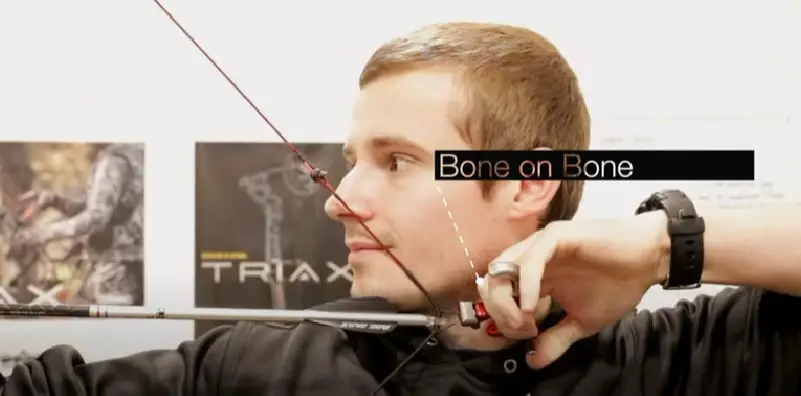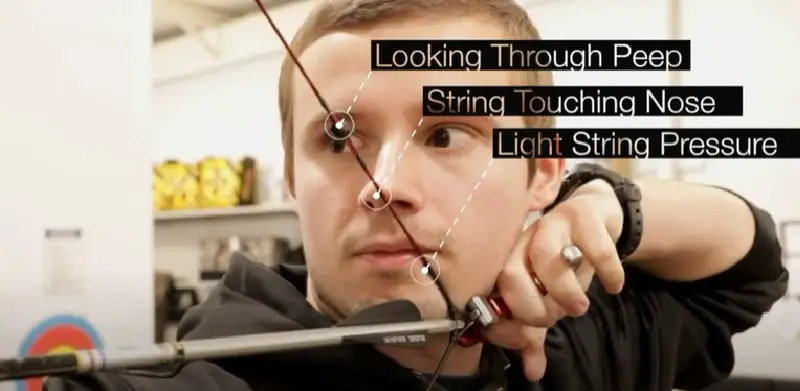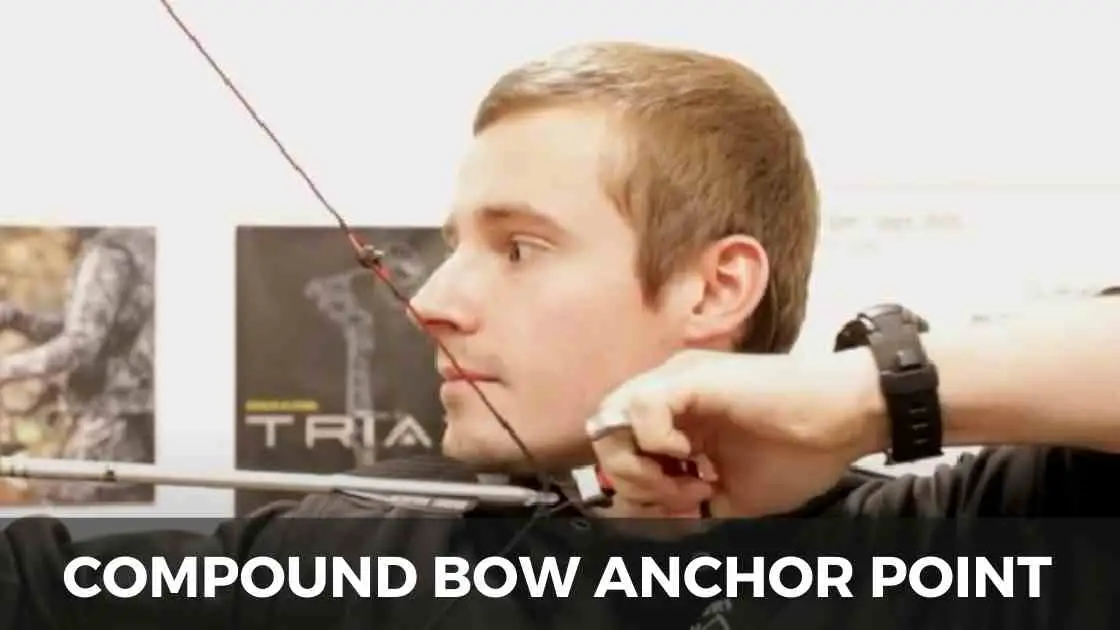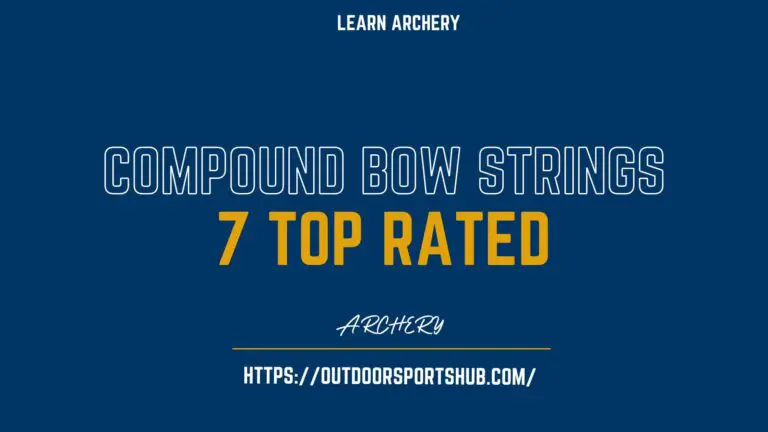Compound Bow Anchor Point: A Complete Guide For Beginners
Archery is well-known for its consistency. However, its accuracy is likely to suffer if the bowstring is being pulled back to a different setting during each shot. Therefore, it is important to bring your drawing hand persistently to the same site on your face during the final phase of the Compound Bow Anchor Point shooting process. It is known as the anchor point.
A consistent anchor point is critical in shooting a compound bow. Slight variations in your anchor point cause huge variations in where arrows strike the target. “Wandering” anchor points also cause frustration because they make your shots feel inconsistent. Therefore, a good anchor point is repeatable and feels natural.
Compound Bow Anchor Point in 2 Min
What is an anchor point?
Anchor points in archery are the marks that serve as a reference for the bowhunter to set up and align the bow, in the same way, each and every time.
Compound Bow Anchor Point: Guide
Bone On Bone Technique
A good anchor point involves various points of contact. Amongst these points, at the minimum, one should be a hand bone touching a face bone point. Bones are considered consistent and have strong contact points, making them highly favoured by soft tissue.
Your type of release truly depends on how you choose to anchor. With the help of a wrist strap release, you are required to put your thumb on the jawbone of your face to form a good anchor. By using a handheld release, position the “V” developed by your middle and index finger on the jawbone area of your face.

Bowstring Contact Technique
The required bowstring should be touching the tip of your nose to form a secondary point of contact then. Even though it is not considered part of your anchor point, the bowstring must slightly touch the side area of your face with the help of its D loop to the peep sight area. Keep in mind to keep the facial contact reasonably. Putting too much pressure on the bowstring can lead to right and left inaccuracies.

Peep Alignment Technique
Here you are likely to increase the inconsistencies further by witnessing via your peep sight and then mapping it with your sight housing. After you align it properly, the sight and peep housing create dual concentric circles.
As face shape may vary, the two anchors are not required to be alike and the same way. By following the steps and guidelines necessary and getting help from trained archery coaches, you can easily find the persistent anchor point.

What is the best anchor point for drawing a bow?
The best anchor point for drawing a bow are the corner of your mouth, your cheekbone, or your chin. By practicing you will find your best anchor point-one that is comfortable and allows you to shoot safely and accurately.
Important Tips
Below mentioned are some of the useful details that are associated with finding the required compound bow anchor point:
- If you are a bit weird about the fact that the bowstring is getting close to your face, then that’s normal. It indeed seems irritating, uncomfortable, and a little threatening initially to a lot of people. But with time, this feeling goes away.
- It would help if you kept your head in a similar position each time you draw. Your head should be in a similar situation as well as your neck should be relaxed each time you draw. You will not execute perfect shots if you move your head a half-inch back or forward while attempting multiple draws. It can happen because your anchor point could have been changed.
- You must draw your string to the anchor point rather than bringing your anchor point to your full draw. When people draw, they get their anchor point to the bowstring, which is quite wrong. You must feel the bowstring connected to your anchor point at the real draw so that you don’t have to look for the required contact. In this scenario, if you find yourself moving your head to connect your anchor point to the bowstring, you must take your bow to a staff member or a professional shop to let them find out the issue.
- It would be best to keep your teeth joined together and avoid chewing the gum. Keep in mind that anything that can change the locality of the crucial anchor point, even by a few millimetres, can affect the persistence of your shots.
- Also, you must know that there is no correct anchor point. Various archers and archers involved in the diversified styles of archery will use a variety of anchor spots. As you practice and start gaining more knowledge, you can easily improve your required anchor point.
Archery is a sports activity that truly highly rewards identical repetition. If you can create a shooting that works best for you and keep practising harder, then that sequence becomes your strength. This way, you will find amazing accuracy in your shots. Over time, your normal anchor point will feel more of a sense of memory. You may also feel quite strange if you don’t meet your anchor spot after pulling a few hundred ends of the drawstring to the same location.
Frequently asked question
Where should my anchor point be on a compound bow?
The anchor points on a compound bow are the tip of your nose, the corner of your mouth, and the side of your chin. With a compound bow, you’ll probably be using a release aid, so your anchor point won’t be at your mouth’s corner.
Where do you anchor with wrist release?
With a wrist-strap release, you want to be able to put the knuckle of the index finger directly at the base of the earlobe.
Where do you anchor a trigger release?
Bowhunters that use a release with trigger release have the last knuckle of the index finger at the back near the bottom of their ear lobe.


![2024 Best Broadheads For elk: [Fixed and Mechanical]](https://outdoorsportshub.com/wp-content/uploads/2022/12/best-broadheads-for-elk-2-min-768x432.jpg)


